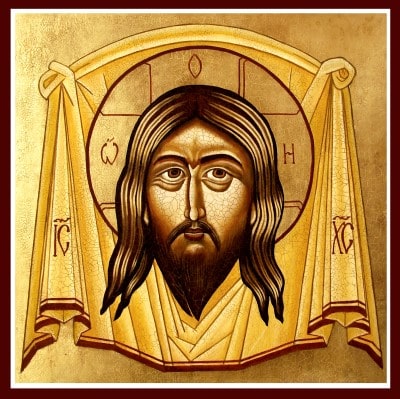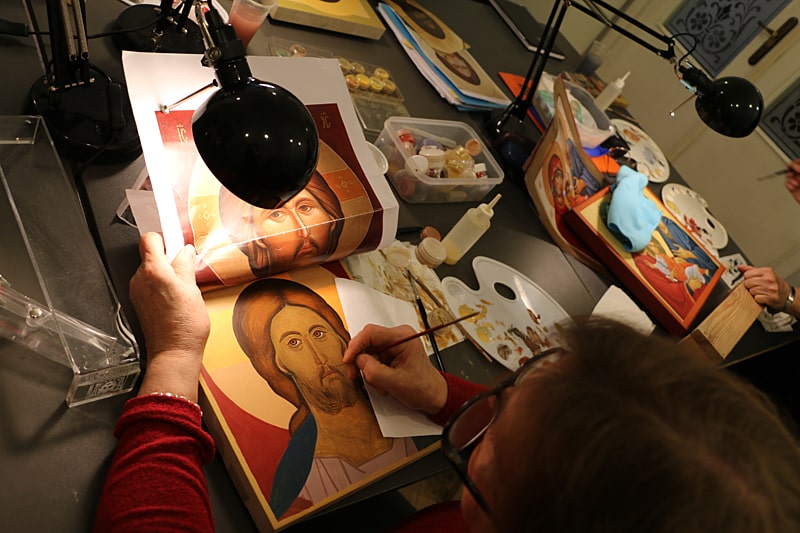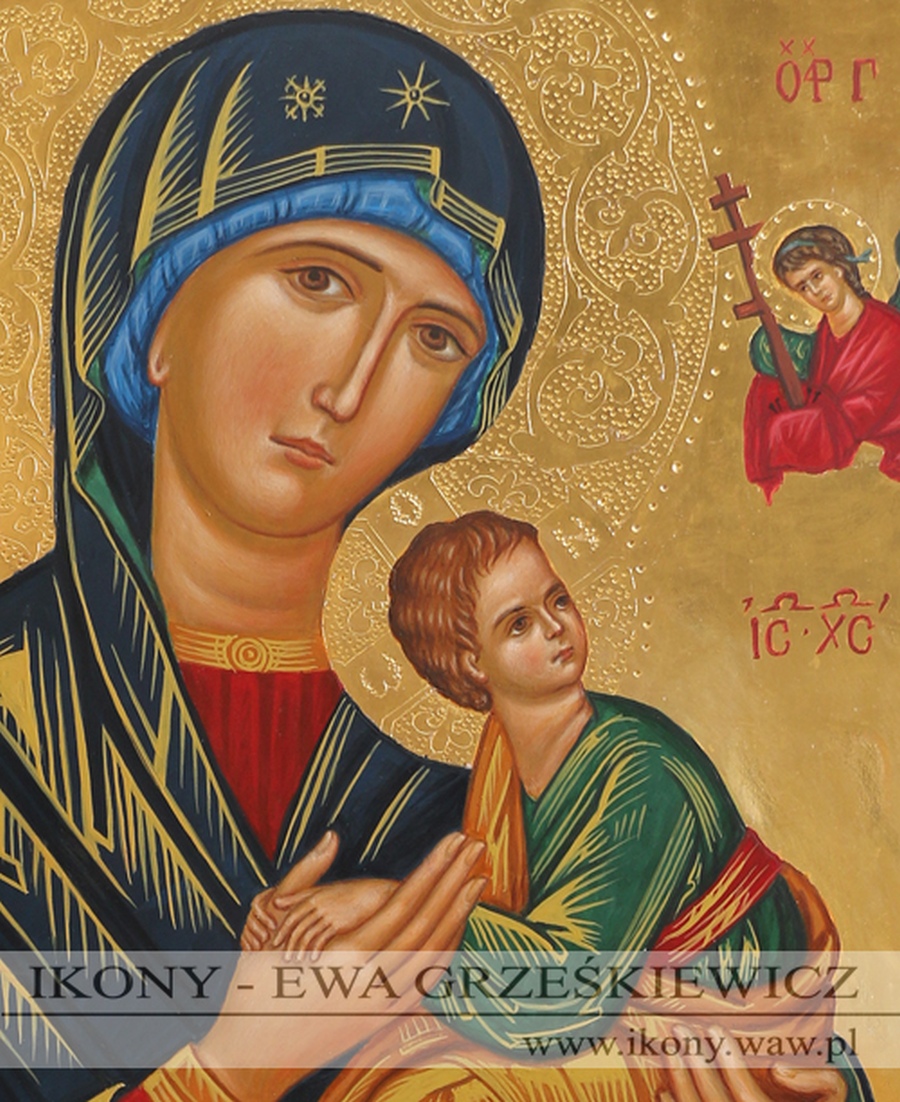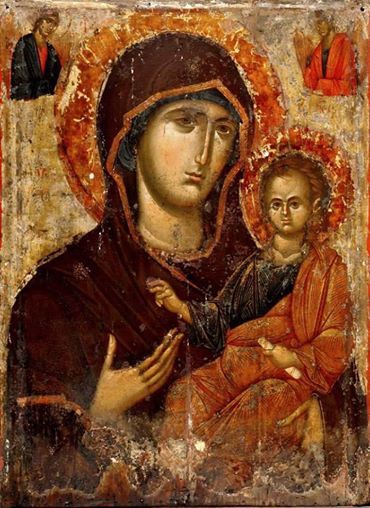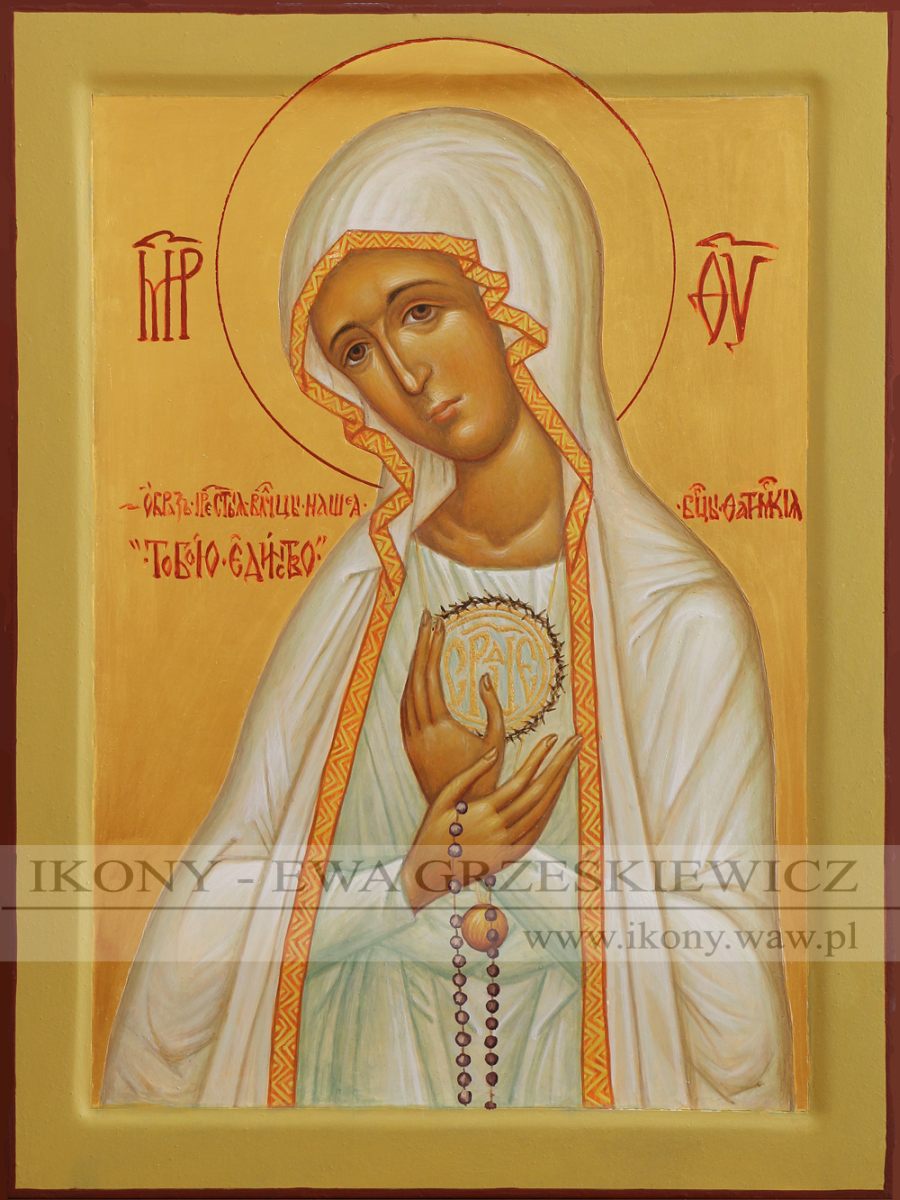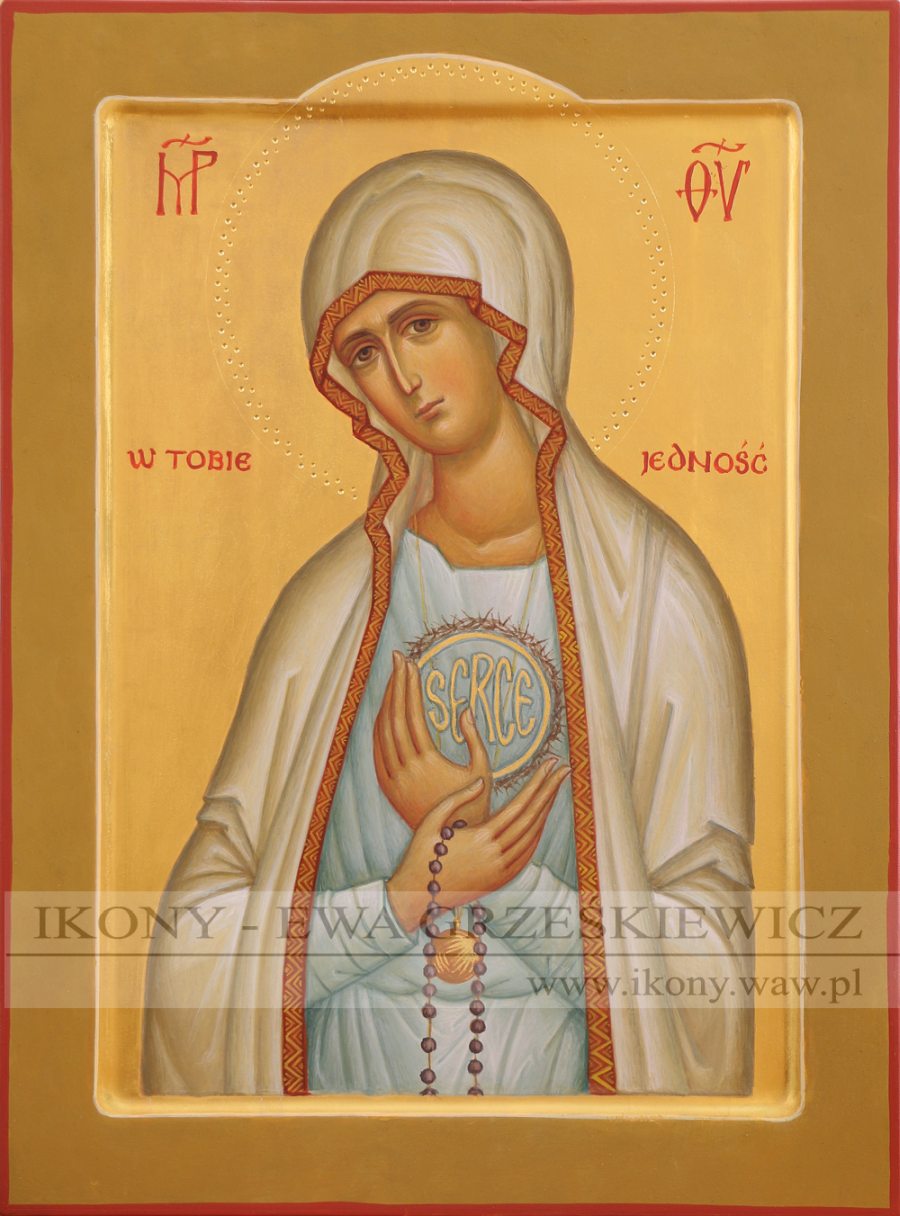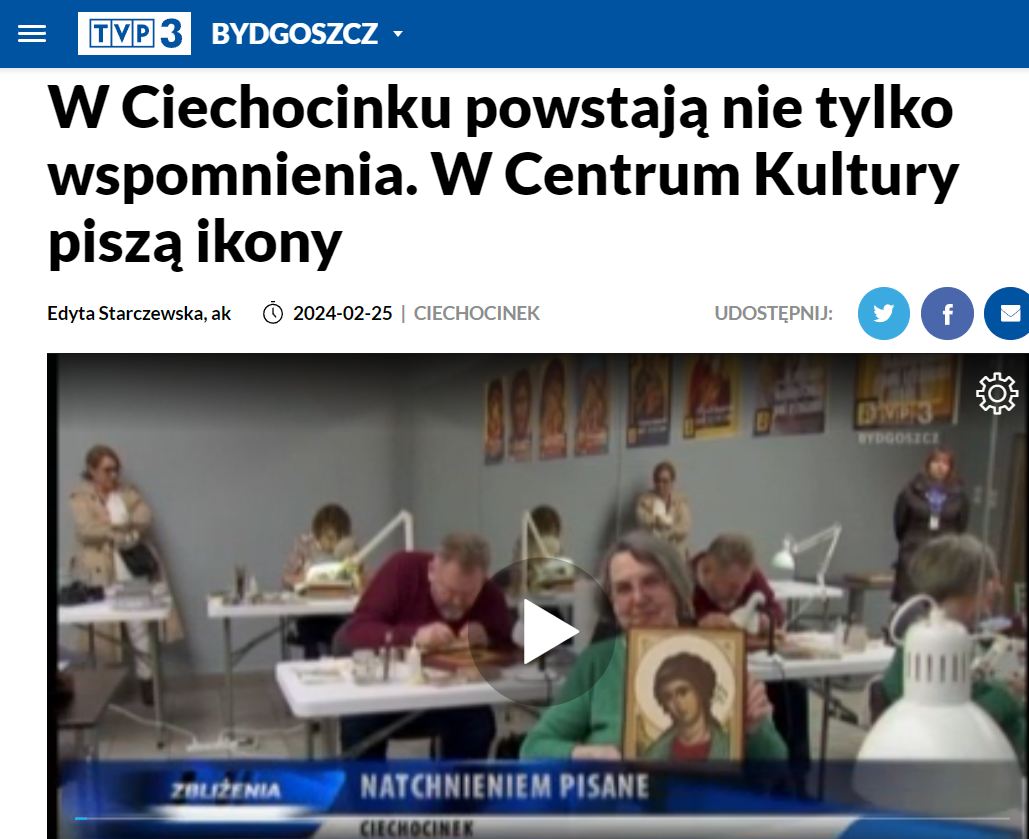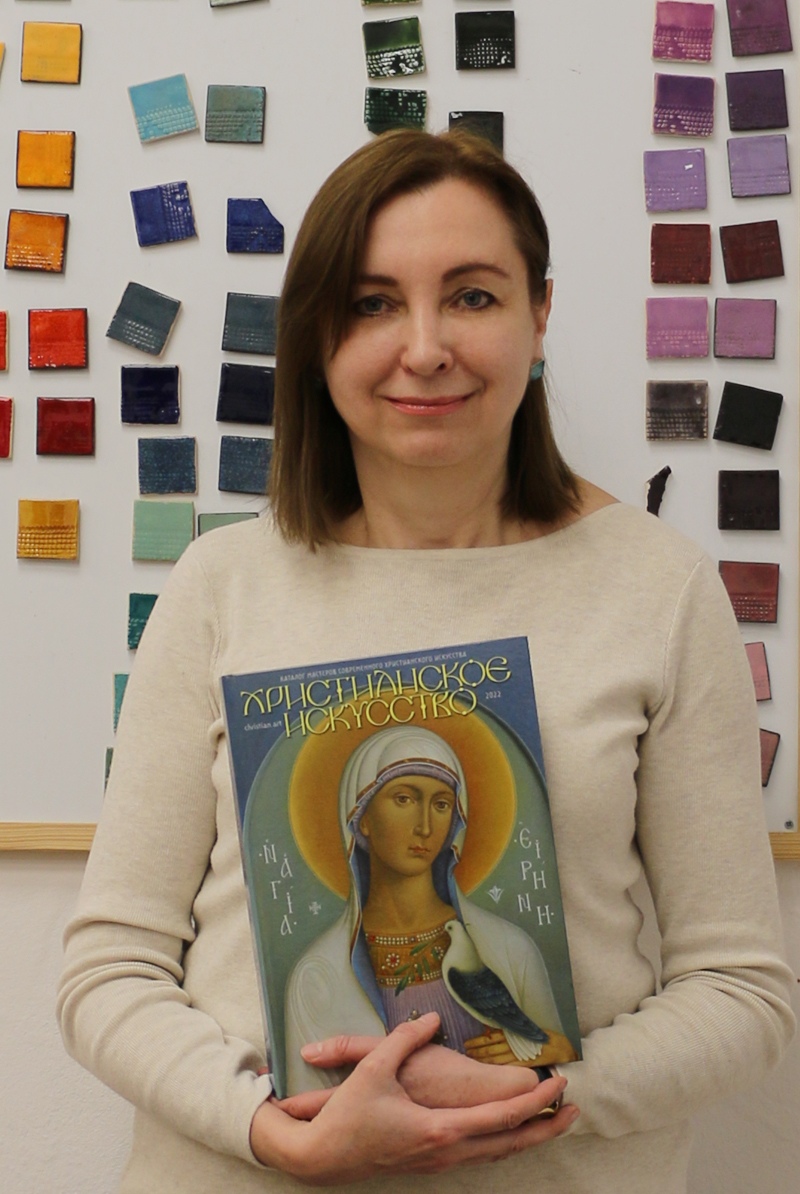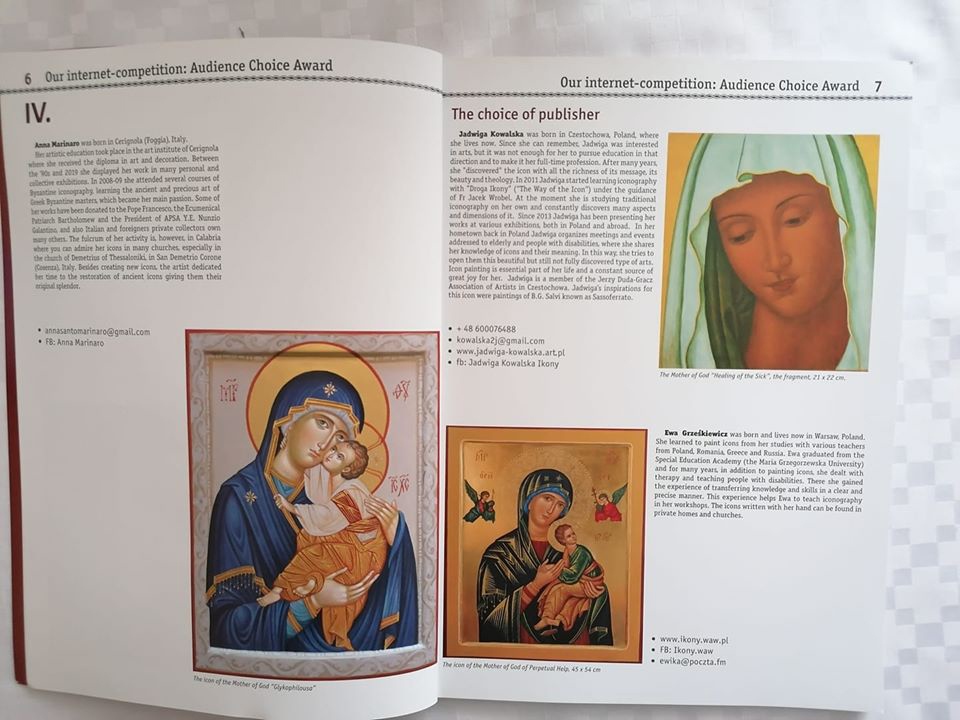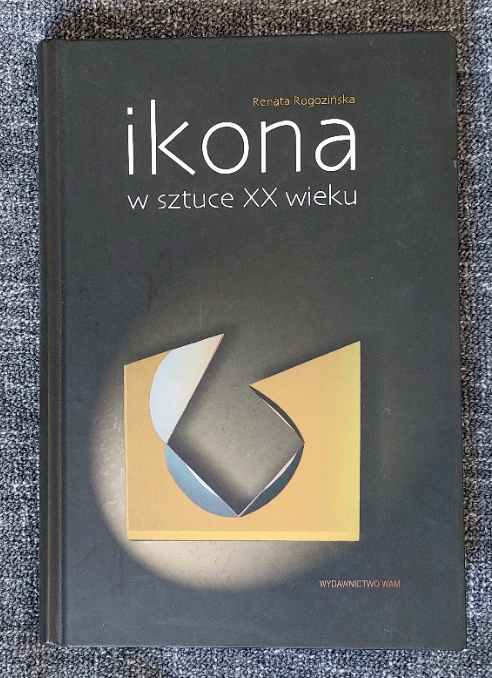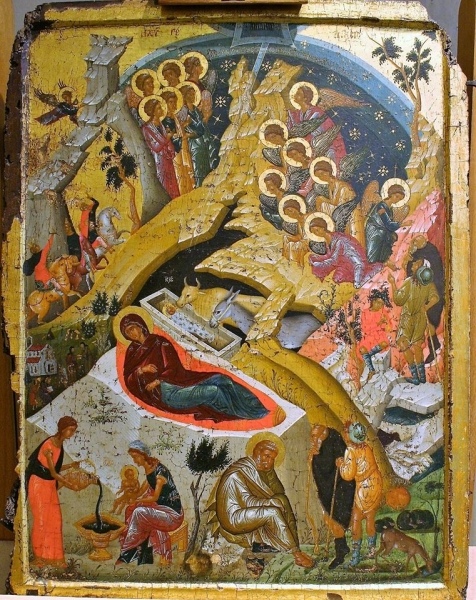Ikony Ewa Grześkiewicz
Kim jestem
Jestem ikonografem i nauczycielem ikonopisania z wieloletnim doświadczeniem.
Ikona to dla mnie miejsce spotkania człowieka z Bogiem, Ducha z materią oraz szansa dla spotkania chrześcijaństwa wschodniego i zachodniego.
Ikony na zamówienie
Pracuj w skupieniu nad każdym szczegółem swej ikony, jakbyś pracował przed samym Bogiem. (Siedem zasad ikonografa).
Chętnie napiszę ikonę na zamówienie. Ikony wykonuję tradycyjną, średniowieczną, techniką tempery jajecznej. Tą techniką malowane były dawne ikony bizantyjskie.
Warsztaty ikonograficzne
Zapraszam na warsztaty pisania ikon. Kursy ikonograficzne prowadzę zarówno stacjonarnie – w Warszawie, jak i wyjazdowo w kilku miejscach Polski, w tym także wakacyjne i sylwestrowe warsztaty malowania ikon.
Najnowsze wpisy
Uratowani z wypadku
Świadectwo pani Barbary o ratunku otrzymanym od Matki Boskiej Nieustającej Pomocy Przed czekającym mnie wyjazdem do Anglii odczuwałam dziwny niepokój połączony z ogromnym pragnieniem posiadania ikony Matki Bożej Nieustającej
Klasztor w Neamt (Rumunia) z piękną ikoną Matki Bożej
Najstarszy klasztor Mołdawii W Neamt znajduje się najstarszy i najbardziej znaczący klasztor Mołdawii. Już w XI była tu pustelnia. Pierwszą cerkiew wzniósł w XIV w. książę mołdawski Piotr I.
Fatimska ikona Matki Bożej cz.1
Petersburski pierwowzór ikony Moje spotkanie z ikoną Matki Bożej Fatimskiej Są takie ikony, które gdy raz je zobaczymy, długo zostają w naszych umysłach i sercach. Dla mnie jedną z
Fatimska ikona Matki Bożej cz. 2
– wizerunek z Doniecka. W poprzednim wpisie przedstawiłam historię powstania i symbolikę pierwszej ikony Matki Boskiej Fatimskiej, która powstała w Petersuburgu. Ikona Matki Bożej Fatimskiej z Doniecka to drugi
„Natchnieniem pisane” to tytuł audycji TVP3 Bydgoszcz
Ekipa TVP3 Bydgoszcz odwiedziła nas w czasie warsztatów „Ikonopisanie Pod Tężniami” w Ciechocinku, które prowadziłam w lutym 2024 w tutejszym Miejskim Centrum Kultury. Reportaż zawiera interesujący materiał, który dobrze
Ikony spod mojej ręki w międzynarodowym katalogu „Sztuka chrześcijańska” („Christijanskoje isskustwo 2022”)
W 2022 roku zaprezentowałam trzy moje ikony katalogu „Christijanskoje isskustwo 2022”. Jest to wydawnictwo prezentujące dokonania ikonografów z całego świata.
Moja ikona w katalogu Divine Temple 2019 – wybór wydawcy w międzynarodowym konkursie.
W 2019 r. znalazłam się wśród zwycięzców międzynarodowego konkursu ikonograficznego . Moja ikona Matki Bożej Nieustającej Pomocy to wybór organizatora – wydawcy rosyjskiego katalogu współczesnych ikon Divine Temple.
Wzmianka w książce „Ikona w sztuce XX” w. Autor Renata Rogozińska (WAM, 2009)
W swej obszernej, liczącej 254 strony książce dr hab. Renata Rogozińska omawia recepcję ikony w sztuce XX w. Autorka w sposób szczególny opisuje, jak poruszany temat przejawia się w
Boże Narodzenie od środka – przez okno Ikony. Audycja w PR 24 (grudzień 22)
W Polskim Radiu 24 w opowiadałam o tym, jak głębiej przeżywać Święta Bożego Narodzenia medytując ikonę tego wydarzenia. Audycja była emitowana dwukrotnie – w pierwszy i drugi dzień Świąt
WYWIAD Z MARIĄ STACHURSKĄ W MIESIĘCZNIKU „LUDZIE I WIARA”, A W NIM TEŻ O MNIE… (marzec 2021)
W marcowym numerze pisma „Ludzie i Wiara” z 2021 r., zamieszczony został wywiad z Maria Stachurska – pisarką i reżyserką, a prywatnie mamą Ani Lewandowskiej i teściową Roberta Lewandowskiego.
